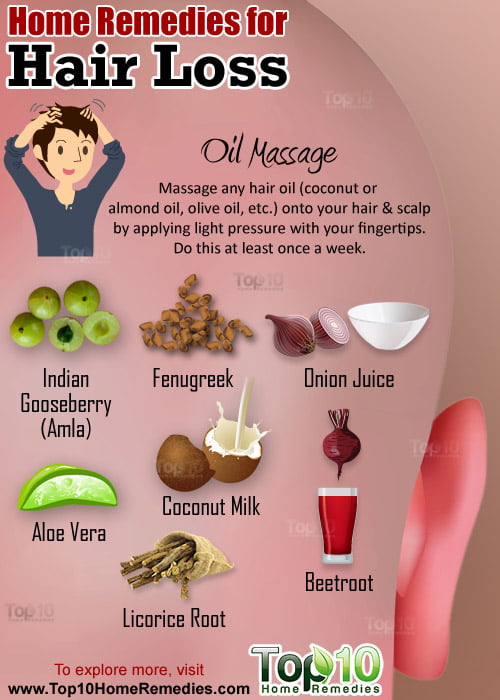
It’s not only chemotherapy that causes breast cancer patients to lose their hair. Treatment with endocrine therapy (ie, tamoxifen or an aromatase inhibitor) can also cause hair loss and have a negative impact on quality of life, even when the loss is only mild in severity, a novel study suggests.
On the other hand, treatment with topical minoxidil (Rogaine, Johnson & Johnson) can restore hair growth, so the loss is potentially treatable, the investigators add.
“There are tens of thousands of breast cancer survivors on endocrine therapies, and the remarkable improvements in patient survival that have been achieved through their care have led to patients now being concerned about quality of life issues, like partial hair loss,” senior author Mario Lacouture, MD, Memorial Sloan Kettering Cancer Center (MSKCC), New York City, told Medscape Medical News in an email.
The study is the first to characterize endocrine therapy–induced alopecia (EIA) in patients with breast cancer. EIA has been anecdotally reported but never systematically described. The study was published online April 11 in JAMA Dermatology.
The investigators retrospectively identified a cohort of 112 female patients seen at MSKCC, all of whom had EIA.
“Those who either previously received cytotoxic chemotherapy or had a previous diagnosis of alopecia or any scalp condition were excluded from the study,” the investigators note.
Standardized clinical photographs of the scalp were taken from several angles with the hair parted and combed in the center. Responses to a questionnaire concerning hair were collected in order to assess the effect that alopecia had on patients’ quality of life. At baseline, the prevailing trichoscopic feature was the presence of vellus hairs as well as intermediate- and thick-density terminal hair shafts, the researchers report.
Patients were treated with topical minoxidil 5%. The effects of treatment were measured by a single investigator at 3 and 6 months.
The researchers note that vellus hairs may be present as a result of unsynchronized miniaturization of hair follicles, one of the hallmarks of so-called androgenetic alopecia. As Lacouture explained, androgenetic alopecia is a pattern of hair loss similar to that which occurs in men and women with age. It is characterized by a thinning of hair on the temples, a receding hairline, and loss of hair at the top of the head.
In the current study, evaluation of the standardized clinical photographs, available for 93% of the group, showed that there was a more prominent recession of hair in the frontotemporal area in 76% of patients than in the midanterior hairline, the investigators note.
“Also, the specific type of alopecia seen in 86 patients (83%) was mild to moderate alopecia on the crown area of the scalp,” they add.
[“Source-medscape”]
















